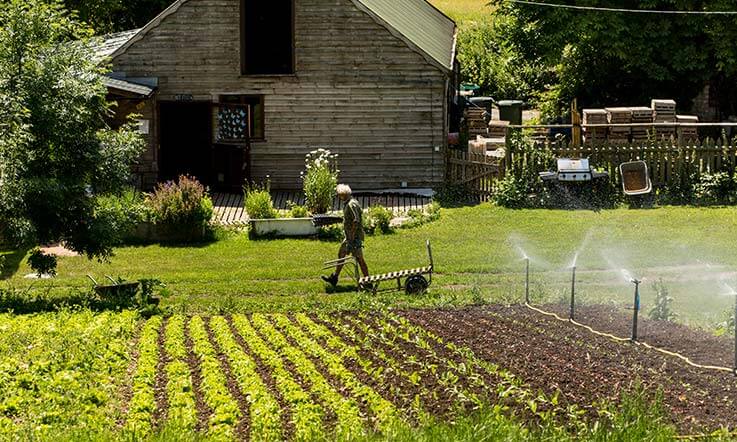Defra have released their estimates of the land area farmed organically, crop areas, livestock numbers and numbers of organic producers and processors in the United Kingdom. The results are produced from data compiled by approved organic certification bodies.
The organic farming statistics for 2018 show an increase in organic producers, indicating opportunity in the sector. While the number of organic processors has declined, bucking the trend seen over the previous five years, the number of organic producers has increased. However, interestingly overall organic land area has reduced, indicating a shift away from larger farms.
Although total organic land area in the UK has fluctuated in and out of decline since the economic recession and, even though there are less farmers generally in the UK, organic producers are up over 2% since 2017, at 3,544.
Roger Kerr, chief executive of OF&G, says the new statistics reflect confidence in the sector. “Continued growth of consumer demand for high-welfare and environmentally friendly produce has seen organic sales increase steadily in the last seven years, which has in turn triggered an increase in organic farm conversions.
“Organic farming also continues on its positive trajectory on a global scale, with organic land area and producer numbers at an all-time high. Organic land world-wide is growing by 20% annually, and producer numbers are increasing by 5% year-on-year, currently sitting at 2.9m,” he adds.
“Our producers are achieving good economic returns, even in the current economic and political uncertainty facing the agricultural industry. But with increased regulation of agro-chemicals and potential increases in currency volatility affecting the price of inputs and outputs, many businesses are looking to reduce risk. And with policy signals from Government, farmers are looking at their options, including organic.”
He says there continues to be high rewards on offer for organic producers, particularly organic cereals. “Organic farming is a viable business option for those who can make the system work. For instance, when taking both yield and price into consideration, it’s now possible to achieve 90% of conventional outputs in organic cereals with significantly lower variable costs and working capital.
